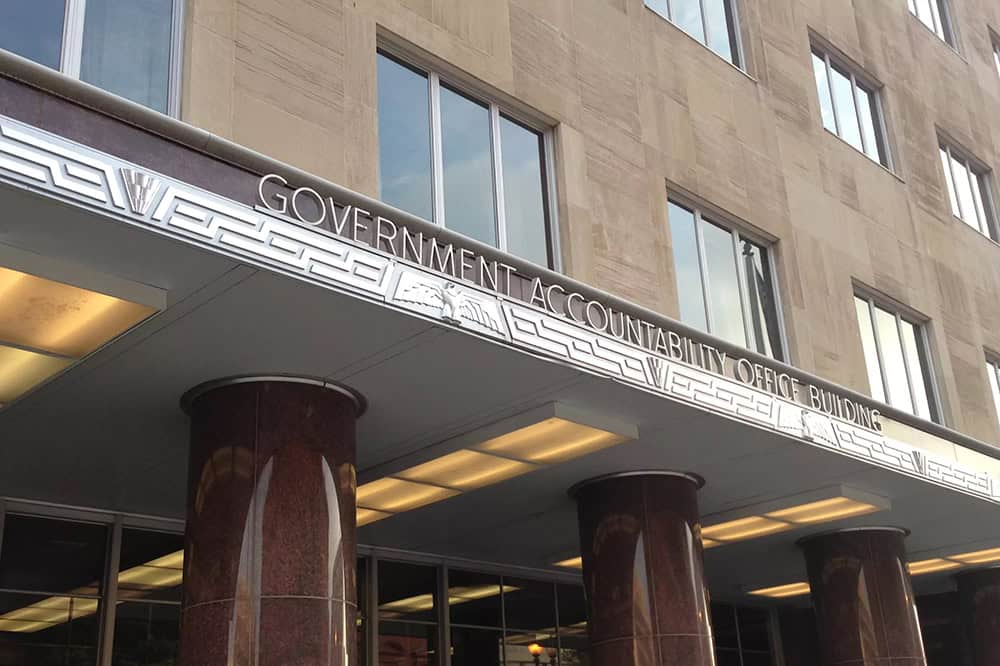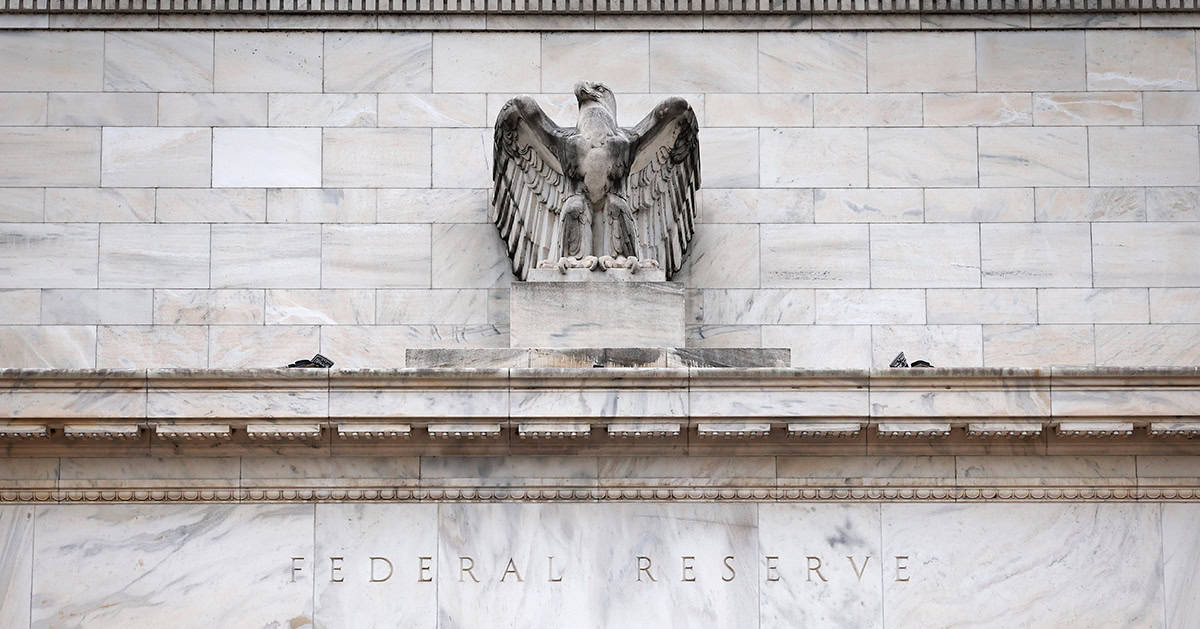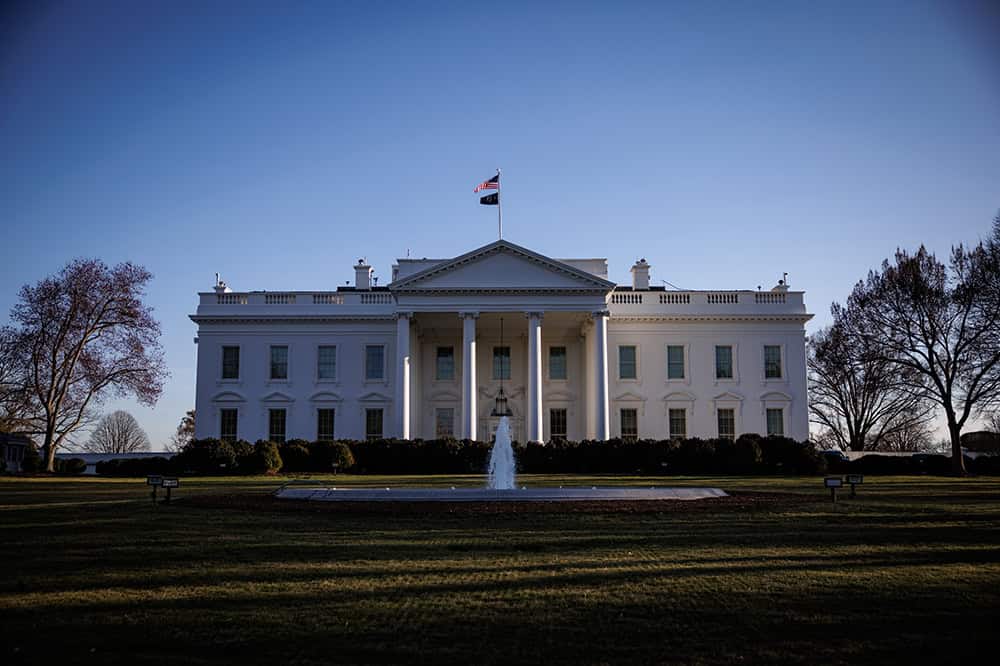The rate at which prices climb has important implications for the federal budget and the nation’s fiscal picture. While inflation increases federal revenues as well as spending for certain programs, the effects (excluding the influence that inflation has on interest rates) on the government’s receipts and outlays are mostly offsetting. However, rising inflation usually prompts higher interest rates, which in turn boost interest paid on the federal debt and thereby increase annual deficits, making the nation’s fiscal outlook worse.
How Does Inflation Affect Federal Revenues?
Income that is usually subject to taxation, such as wages and profits, generally rises in response to inflation. When that income rises, so too does the amount of revenues that the federal government collects from such sources, even though many elements of the U.S. tax system are adjusted or indexed for inflation.
Not all provisions of the U.S. tax code are tied to inflation, though, namely:
- The income levels over which taxpayers must begin paying the net investment income tax, an additional tax on investments that applies to high-income taxpayers
- The amount at which Social Security beneficiaries must include such payments in their adjusted gross income
- The maximum value of the Child Tax Credit, although the refundable portion of the credit is adjusted for inflation each year
Because those items are not indexed to price changes, high levels of inflation cause a greater share of investment income and Social Security benefits to be subject to taxation; high inflation also diminishes the real (inflation-adjusted) value of the Child Tax Credit.
How Does Inflation Affect Mandatory and Discretionary Spending?
By design, the costs of many mandatory spending programs rise with inflation. Such programs are typically indexed to or adjusted for changes in prices. Some of those programs, such as Social Security and Supplemental Security Income, are explicitly indexed to inflation through an annual cost-of-living adjustment (COLA) that increases the benefits for such programs at the same rate as inflation. Other programs, such as Medicaid, are not directly indexed to inflation, but their costs tend to grow with changes in healthcare prices and wages since the benefits provided are based on such factors.
Funding for discretionary spending programs is determined by Congress on an annual basis. However, projections from the Administration and the Congressional Budget Office (CBO) generally assume that such costs will rise with inflation; as a result, future spending would be assumed to be larger at higher rates of inflation.
What Effect Does Inflation Have on Net Interest Costs?
Similar to other spending programs, inflation increases the government’s borrowing costs. However, interest rates on U.S. Treasury securities are closely tied to expectations about inflation, so a rise in prices may increase such rates. Furthermore, since high levels of inflation can damage the nation’s economy, the Federal Reserve attempts to tame rising prices through a number of monetary policy tools. The most common of those tools is adjusting the federal funds rate, the rate at which banks lend to each other overnight. That rate influences interest rates on other borrowing across the economy, including interest rates on U.S. Treasury securities.
Therefore, if interest rates on U.S. Treasury securities rise along with inflation, which can happen as a result of market reactions as well as monetary policy actions taken by the Federal Reserve, the government’s cost of borrowing would rise even further. In addition, certain Treasury securities are directly linked to inflation and therefore accrue more interest at higher rates of inflation.
What Does High Inflation Mean for the National Debt?
If interest rates rise as a result of inflation, the increase in net interest costs will push up annual deficits and therefore increase the amount of federal debt relative to a lower-inflation scenario. Since the national debt is most commonly expressed as a percentage of gross domestic product (GDP), the increase in debt due to inflation and interest rates is compared to the increase in GDP due to inflation. Despite a larger amount of debt outstanding, debt as a percentage of GDP may actually be smaller under a scenario with high inflation and interest rates because the rate at which debt rises due to higher interest rates and inflation could be slower than the rate at which nominal GDP rises due to inflation.
To help illustrate this concept, we can construct three scenarios (using CBO’s interactive workbook) where inflation and interest rates on 10-year Treasury securities rise faster than CBO projected in March:
- Blue Chip Scenario: Inflation and interest rates for 2023 and 2024 rise at the level projected by private sector economists and remain slightly above CBO’s projections through 2033.
- Moderate Rate Scenario: Inflation and interest rates are higher than CBO projected throughout the projection period by 0.5 percentage points.
- High Rate Scenario: Inflation and interest rates are higher than CBO projected by 1.0 percentage points from 2023–2033.
Under CBO’s assumptions for each scenario, federal deficits and, therefore, nominal debt would be higher than CBO’s current law projections over the coming decade. However, the higher levels of inflation would increase GDP at a faster rate than interest rates and inflation would increase debt. As such, debt as a percentage of GDP in 2033 could be somewhat lower under each of the three scenarios relative to CBO’s baseline.
What Does High Inflation Mean for the Nation’s Fiscal Outlook?
Looking at just noninterest spending and revenues, the effects of higher levels of inflation generally have offsetting effects on the federal budget. However, a corresponding rise in interest rates increases the nation’s borrowing costs, thereby increasing the amount of future deficits and debt. While debt as a percentage of GDP may be slightly restrained under a high-inflation scenario because of higher nominal growth in the economy, the structural mismatch between spending and revenues will continue leading to an unsustainable fiscal trajectory. Policymakers should work on prioritizing and reforming the drivers of the nation’s fiscal issues to ensure a strong economic future for all.
Image credit: Photo by Spencer Platt/Getty Images
Further Reading
How Much Can the Administration Really Save by Cutting Down on Improper Payments?
Cutting down on improper payments could increase program efficiency, bolster Americans’ confidence in their government, and safeguard taxpayer dollars.
How Do Quantitative Easing and Tightening Affect the Federal Budget?
The Federal Reserve plays an important role in stabilizing the country’s economy.
Can a Rescissions Package Help Lawmakers Formalize DOGE Cuts?
Rescission packages can serve as a tool for the President and Congress to manage and control government spending through a formal statutory process.


